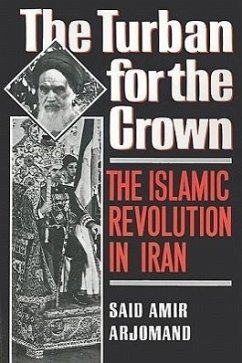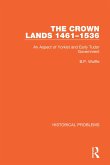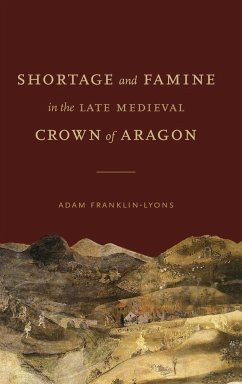This comprehensive history of the Iranian Revolution views it in the context of an ongoing conflict between religious and political authorities dating back to the establishment of Shi'ism as the state religion of Iran in 1501. The historical context is seen as being critical in understanding the staying power of Khomeini's regime and its ruthless elimination of internal opposition to the Islamic Republic. The significance of the appearance of widespread popular discontent, the ideological differences among the ruling clergy, and the issue of Khomeini's succession are also considered, and the book concludes with a comparison between the Iranian Revolution and other famous historical revolutions.
The Iranian revolution still baffles most Western observers. Few considered the rise of theocracy in a modernized state possible, and fewer thought it might result from a popular revolution. Said Amir Arjomand's The Turban for the Crown provides a thoughtful, painstakingly researched, and intelligible account of the turmoil in Iran, revealing the importance of this singular event for our understanding of revolutions.
The Iranian revolution still baffles most Western observers. Few considered the rise of theocracy in a modernized state possible, and fewer thought it might result from a popular revolution. Said Amir Arjomand's The Turban for the Crown provides a thoughtful, painstakingly researched, and intelligible account of the turmoil in Iran, revealing the importance of this singular event for our understanding of revolutions.








